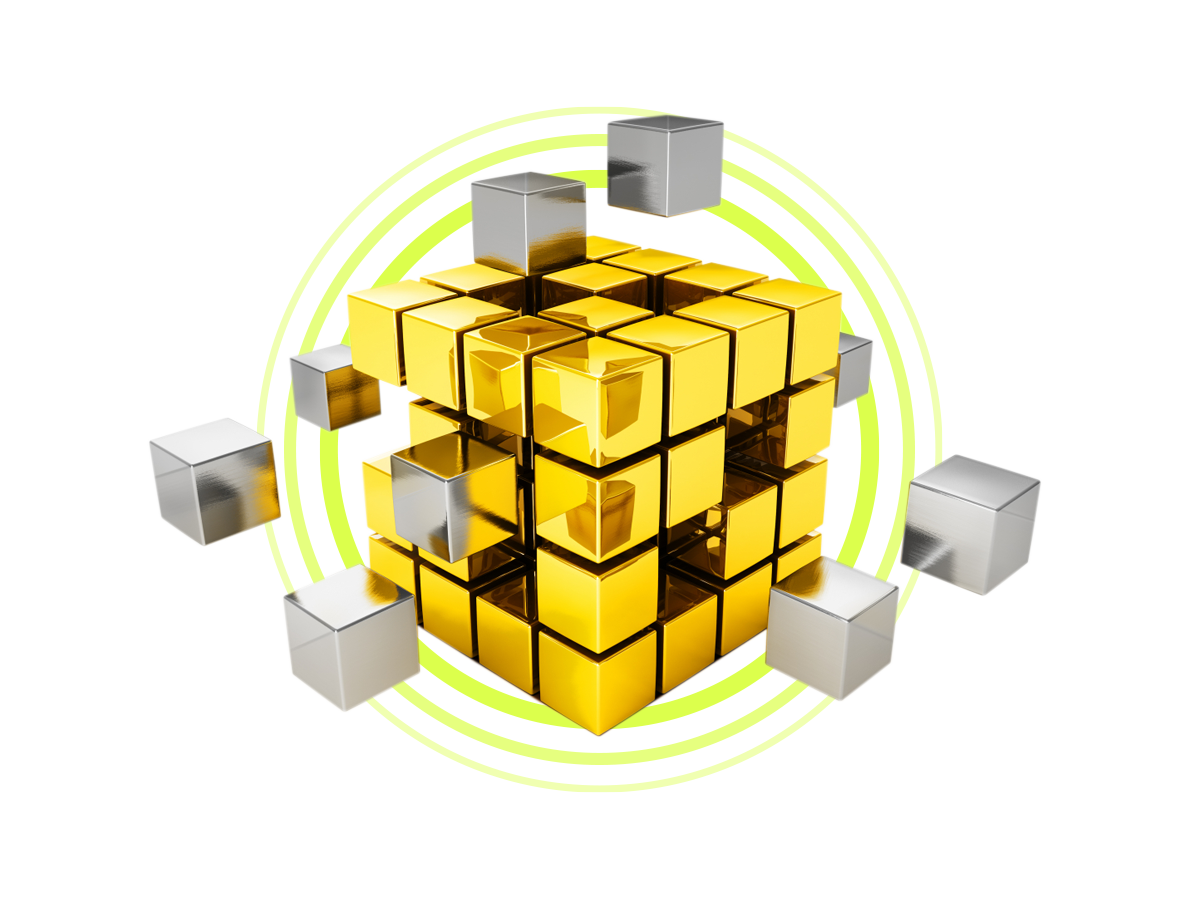The Operation of the Blockchain system is based on a technology that records data transactions on multiple computers, storing them via the internet.
The connection of several operating systems allows for a connection through the chain of information that is then subjected to a validation process, and this is what explains the extreme precision of this technology.
The nodes represent the PCs on the network that possess the Blockchain technology, and the miners are represented by the systems that carry out transaction controls.
These two elements are the basis of the functioning of this data and the information control technology relating to transactions that occur on the network.
The validation protocol is the main element through which the safety chain is determined in the circuit BlockChain. The algorithms that carry out the validation process verify that each new entry responds to precise criteria, in this way preventing the data from being tampered with, falsified or altered.
Here are the specific features of the Blockchain system
Every piece of information is recorded and distributed between multiple nodes, and this decentralization is essential in terms of guaranteeing a resilience of systems and greater computer security. Each element in the registers is traceable, making it possible to trace the exact origin of each transfer.
The platforms are able to manage and verify transactions through transparency criteria, and the registers are easily accessible and, once the data has been entered, it is no longer possible to modify them.
The immutability of the data entered in the registers, together with the possibility of programming transfers to verify the actions that are carried out, are a function that greatly improves the applicability of the system to companies.
Blockchain technology applications and benefits for companies that implement this system
Currently the Blockchain system is a technology around which different galaxies orbit, while in the beginning its application was mainly relative to the control of bitcoin and crypto-currencies, but soon enough the evolution of its characteristics has allowed it a wide-ranging use in the economic-financial sector.
In Retail this technology is used to trace foods and alimentary products from large-scale distribution chains, as it offers considerable transparency about the origin and the path that the food products make before ending up on the shelves.
This is a convenient option for both merchants and customers, and in fact it is a system used even in smaller supermarkets and shops. In a Blockchain it is possible to have real-time visibility of each step taken by the products inside the supply chain.
Its ability to trace the goods and follow the path from production to transport all the way to the point of sale is among the most advantageous features for companies, brands and stores of any sector, adding yet another reason explaining what is pushing the success of the Blockchain system.
The ability to store data in a transparent system makes the Blockchain technology the ideal option for documents and certifications precisely because they are not falsifiable, and so you can use this system for any type of certificate, from the medical sector to scholastics and the academic university environment.

